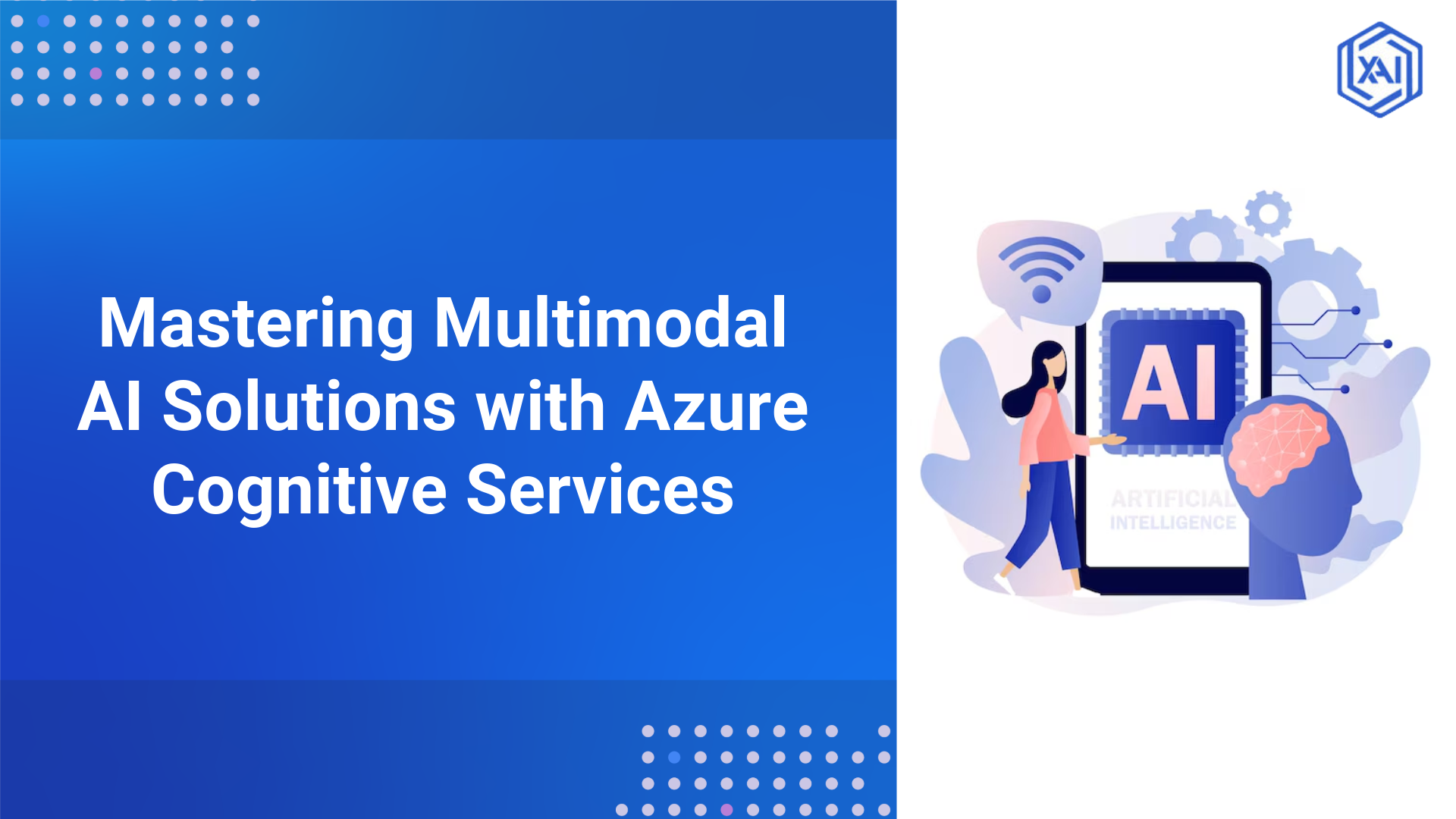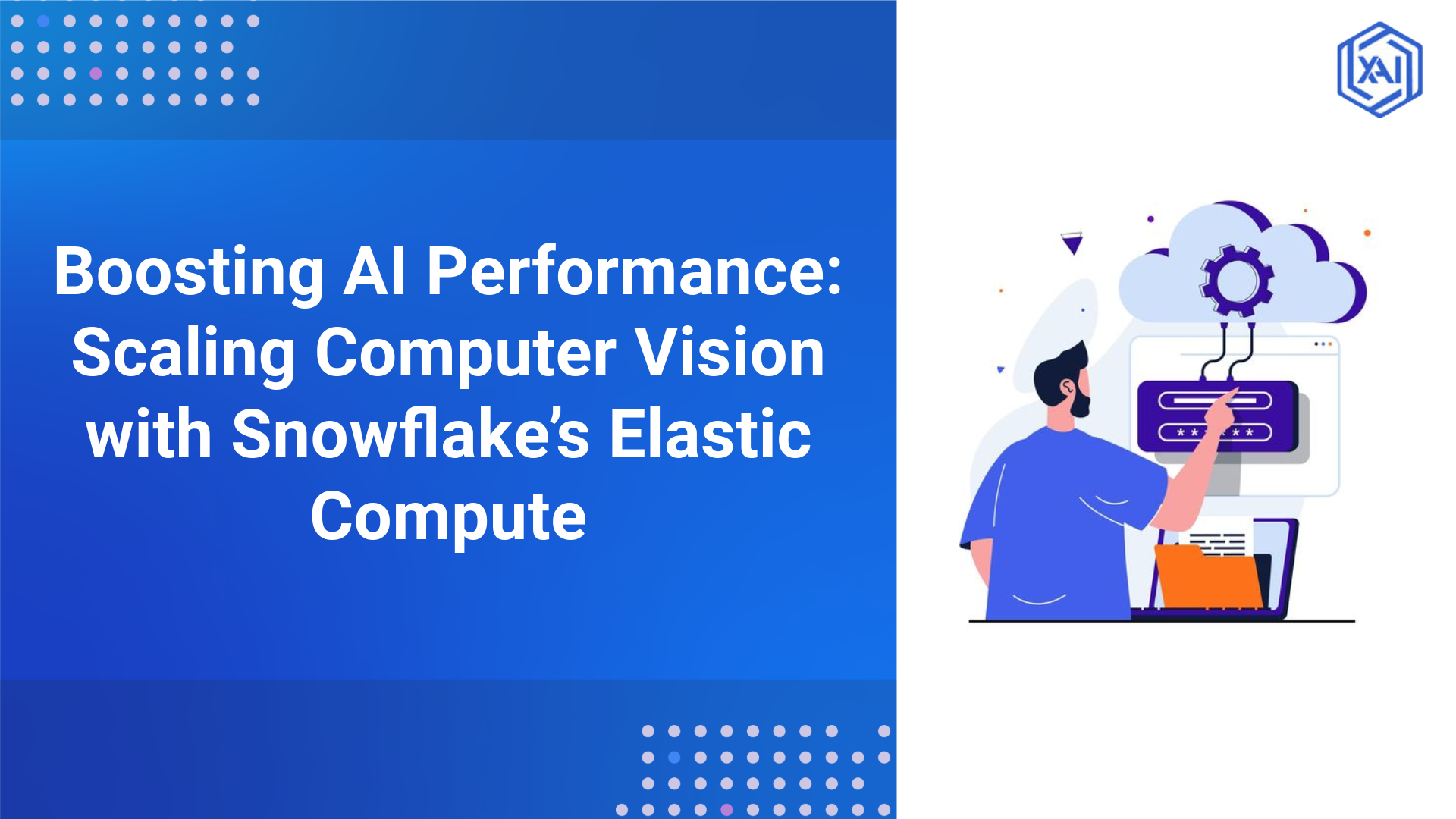
Securing Computer Vision
Renewed interest in developing mathematical models for Computer Vision, as a rather young scientific field, has led to increasing attention being paid to developing protective measures from malicious interference with Machine Learning. Adversarial attacks are fine perturbations of the original input data that input the model into making wrong predictions, and they are significant flaws. These manipulations are dangerous for numerous reasons, especially for such critical fields as healthcare, where a mistake in diagnosis could mean life or death; finance, where a mistake in a decision means a loss of a lot of money; and autonomously driven cars, where safety is an utmost important issue. Since these models are being used more and more in practical applications, knowledge of and protection against adversarial attacks is crucial to preventing the compromise of AI systems.

Adversarial attacks pose significant risks to critical fields such as healthcare, finance, and autonomous driving, making it crucial to develop protective measures against these attacks to prevent AI system compromises

Defensive methods like adversarial training, defensive distillation, data augmentation, regularizations are essential for enhancing robustness of machine learning models and effectively countering adversarial threats
Some of the approaches include adversarial training, where the adversary examples are added to the dataset, and defensive distillation, where decision boundaries are made obscure. Moreover, enhancing the model robustness – through techniques such as data augmentation and policies, regularizations, and architectural strategies has been seen to provide added overall performance to machine learning frameworks. However, the path to the development of reliable computer vision systems has its difficulties. They include the need for constant updating regarding the new attacks that have been invented and balancing, a model’s performance, and its ability to resist attacks. The real-world application and deployment of these intelligent technologies require a chain understanding of these complexities as the field advances forward to solve them effectively without hazardous effects.
Problem Statement
-
Vulnerability of Models: Examples of decision-making in computer vision are far more vulnerable to adversarial interference than before especially since slight changes in inputs will lead to wrong predictions.
-
High-Stakes Applications: These models accuracy is being utilized in various application areas, such as autonomous vehicles, medical diagnostics, and security systems. Their robustness is very important to avoid dangerous consequences from wrong decisions.
-
Evolving Threat Landscape: Because such strategies are dynamic and new techniques are constantly being developed, the use of fixed defense measures is not very useful and encourages the concept of adaptive robustness.
-
Trade-offs: Increasing model robustness may lead to the complexity of real-world deployment due to accuracy and the computational cost of deployment.
Understanding Adversarial Attacks
Malicious stances constitute manipulations of the decision-making strategies of the machine-learning system through small changes that are imperceptible to the human interpretive faculty. These attacks are fatal in real-life applications of the models as they can greatly reduce their accuracy levels. They can be categorized into several distinct types:
-
Evasion Attacks: This type comes up during the inference phase as an adversary has developed inputs that are specifically created to be classified in the wrong manner by even the most accurate of models. The target is to fool the model but without changing any value in the dataset or its distribution. For example, an adversary may distort an image of a stop sign by a minimal angle to mislead a self-driving car and lead to very disastrous outcomes.
-
Poisoning Attacks: Not like the evasion type that occurs during the testing phase, the poisoning type affects the training phase. Actually, the attackers add some adversarial samples into the training set of the data, thus disturbing the training of the model. This can cause a degradation of the model, as the model makes distinctions between legitimate and adversarial examples. For instance, if a spam filter is developed to learn from a few examples of legitimate mail that are marked as spam, then such a spam filter will mislead similar legitimate mail in the future.
-
Model Inversion and Extraction: These attacks target the model and its parameters and aim to extract important information from it. An adversary can input several inputs to the model, and using the output, he or she can learn many aspects of the training data or even duplicate the model's functioning. This poses a dangerous privacy risk should the training data include sensitive or personal data, as is the case with machine learning.
It is necessary to be aware of all these distinctive techniques used by attackers in order to implement efficient defenses regarding every type of attack since the prevention and mitigation strategies depend on the selected approach when penetrating and compromising the ML systems.
Defense Strategies Against Adversarial Attacks

Fig – Solution Flow
There has been a flood of approaches to tackle different kinds of attacks from adversaries. Here, we outline some of the most effective strategies:
Adversarial Training
Adversarial training is one of the basic defense approaches in which the given set of training data is supplemented with adversarial instances derived with the help of well-known attack techniques. This process includes the following steps:
-
Generation of Adversarial Examples: This method involves feeding both clean and adversarial perturbed images to the models in an attempt to teach them how to classify perturbed data.
-
Robustness Improvement: Moreover, by training on a numerous set of adversarial examples, models are capable of tuning in to perceive slight distortions and are hardly vulnerable to attacks.
-
Overfitting Concerns: A significant issue is the model sensitivity to the employed attacks. This means that although AI models can protect against certain types of attacks that occurred during the training set, they can become vulnerable to other novel attack methods. Therefore, we need to ensure adversarial examples are selected well and, if used in conjunction with other examples, are not too similar to each other.
Defensive Distillation
Defensive distillation leverages knowledge distillation to enhance model robustness:
-
Soft Labels: Soft labels (probabilities) for the training data are generated for a complex teacher model while a simpler student model is trained to predict the generated probabilities.
-
Obscured Decision Boundaries: This approach can make the decision boundaries of the model less distinguishable, making it difficult for attackers to develop adversarial instances.
-
Increased Complexity: Defensive distillation has been proven to work for reducing adversarial transferability and this approach adds computational overhead to the original algorithm and may be more computationally intensive for training and evaluation.
Gradient Masking
Gradient masking is a technique aimed at concealing the gradients of the model during training:
-
Obscuring Gradient Information: Small changes in the structure of the model or the chosen loss function can hide the gradients, which is why attackers cannot find the necessary perturbations to create adversarial samples.
-
False Sense of Security: One major disadvantage is that this approach can be quite deceptive because, after some time, the attackers are likely to overcome them, meaning that gradient masking should not be solely relied upon.
Input Preprocessing
Preprocessing techniques are designed to clean or modify inputs before they reach the model:
-
Image Denoising: This method removes noise from imagery, which helps decrease the effect of adversarial perturbations.
-
Feature Squeezing: As we shall soon see, this is achieved by lowering the number of color bits or applying other transformations, which effectively limits the number of possible adversary distortions.
-
Limitations: Although these preprocessing techniques may help alleviate certain forms of attack, they are unlikely to offer a full, commensurate level of protection against all adversarial tactics.
Robust Architectures
Designing neural network architectures with robustness in mind can provide intrinsic resistance to adversarial attacks:
-
Attention Mechanisms: Adding attention layers helps decide which part of the input to pay attention to, which could potentially minimize vulnerability to irrelevant noise.
-
Specialized Layers: Perturbation-aware layers aimed to be helpful during feature extraction or to help maintain significant information may help a model become less sensitive to perturbations.
-
Innovative Designs: Based on previous methods, more new architectures are still being studied, and the mixed-use of multiple architectures is being studied to enhance their resilience to attacks.
Face Recognition uses computer algorithms to find specific details about a person's face. Click to explore about our, Face Recognition and Detection
Techniques for Improving Model Robustness
Beyond defensive strategies, several techniques can enhance the inherent robustness of models:
Data Augmentation
Often data augmentation is performed to feed the model with as many inputs from a training dataset as possible in order to train the model with possible input conditions. Techniques include:
-
Random Cropping: For image augmentation approaches, the hints about the object position on a picture and the object sizes allow the models to learn better at different scales and positions.
-
Rotation: The escalation of images, in turn, helps models become invariant to orientation change, hence making them more adaptive to recognizing an object at different angles.
-
Flipping: Either horizontal or vertical flipping to alter the position and orientation improves the variety of views included in the dataset.
-
Color Adjustments: By changing brightness, contrast, saturation, and hue, models may be trained for several actions in various lighting conditions.
Regularization Techniques
Regularization methods aim to prevent models from becoming too tailored to their training data, enhancing their ability to generalize to unseen data:
-
Dropout: Introducing the perturbation in the form of temporarily removing a certain number of neurons during training hinders the learning process, requiring that multiple representations of the same or similar data are learned simultaneously so that a subset is not needed for a given input.
-
Weight Decay: This technique punishes large weights in the model. Since it can tolerate adversarial manipulations, this approach is more likely to create simpler and more accurate models.
-
Batch Normalization: By means of such a procedure, Variance Reduction makes inputs to layers more stable during training and results in models that can withstand fluctuations in inputs.
Ensemble Methods
Ensemble methods aggregate the predictions from multiple models to improve overall robustness:
-
Bagging: This includes training multiple models using different sets of the training dataset and then making the final decision based on an average of their individual decisions (for instance, voting).
-
Boosting: This technique is useful in training models. It starts with establishing a baseline model, to which subsequent models add corrections to increase the level of accuracy.
-
Stacking: This technique trains one model on multiple models (which could potentially belong to different categories) and uses the output of these models to train a meta-model capable of exploiting the peculiarities of various architectures.
Frequency Domain Analysis
Understanding how adversarial attacks affect the frequency components of images can inform more targeted defenses:
-
If the images are converted to the frequency domain using techniques such as Fourier Transform, then the researchers can understand the effect of the attacks at different frequency bands.
-
A detailed knowledge of a system spectrum distribution enables one to construct scenarios that either strengthen certain frequency ranges or, on the contrary, compensate for interference in the sensitive bands.
Continuous Monitoring and Updating
As adversarial techniques evolve, models need to be regularly assessed and updated:
-
Performance Monitoring: Model performance analysis over new data reveals model weaknesses and possible improvements.
-
Retraining: By incorporating examples of recent adversarial attacks into training data, the models are kept up to date with new attack methods.
-
Feedback Loops: The measures that support real-time feedback help to improve the model's performance in conditions of dynamism and uncertainty by making adjustments faster.
Real-World Implications and Challenges
The challenges of deploying robust models in real-world applications are manifold:
- Critical Applications
These are the areas that are central to health care, finance, and autonomous driving, where the risks are enormous. Adversarial attacks can be very dangerous, so they require a robust system before being used. One important aspect regarding distrust of AI systems is that those systems must perform predictably under attack.
- Origins of trade-offs Between optimizing for real-time robustness and accuracy
Strategies designed to enhance model resilience usually sacrifice free-of-error performance on clean data. An important endeavor that poses many challenges is balancing strength and speed, where efforts must be made when designing and assessing models.
- Dynamic and Evolving Threats
Adversarial attacks are not static, i.e., attack methodologies are always advancing and, therefore, are always changing. This presents the need for continual work and updating of the models because of the dynamism in this area and conditions that may require constant retraining of the model.
- Computational Overhead
Thirdly, some robust training techniques, like Adversarial training, tend to sharply increase the time required to train and the computational resources needed for the process. This impediments large-scale implementations and potentially also restricts the availability of solid models.
- Generalization Across Domains
The specific models can fail to perform well when generalized to real-world settings; therefore, when applied to new environments, they may be vulnerable. There is a need for methods that allow for the improvement of robustness over various domains and data distributions.
- Ethical Legal Issues
There is an ethical issue since an adversarial attack can be potentially damaging. One has to work on concerns arising from the use of models in critical systems where it is crucial to contain the negative impacts of model deployment.
Conclusion
The current requirement for stability of the computer vision models against adversarial attacks is still a work in progress that requires the use of a more extensive defense framework that requires the incorporation of several analytic and algorithmic defense mechanisms. Given the fact that adversarial attacks change their nature with time, it is crucial to continue studying the phenomena’s nature and develop new approaches that would strengthen AI.
With regard to the real-life consequences that directly relate to the implementation of strong models, it is possible for both researchers and practitioners to work towards the development of AI systems that meet efficiency, security, and reliability standards. The path towards attaining sound computer vision is important, particularly as the costs for errors increase depending on the usage of the software in question in applications that require high accuracy and precision.




